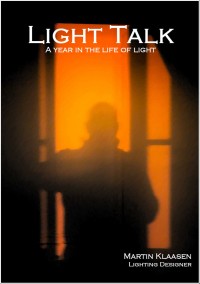Perceived versus measured light
Singapore, 26th August 2014
One of the great misunderstandings when it comes to appreciating dimming and the dimmed lighting effect is that there is a difference between the visible appreciation of light and the actual measured output. Heaps of studies have actually been carried out over the years to research how people appreciate the dimmed lighting levels of lighting in comparison to what is actually measured with a meter at the dimming equipment. In the latest IES Handbook there is even a section dedicated to this and giving approximate values for these differences. It says that a perceived dimmed lighting level of 50% of the full light output equates to a measured 32% output from the dimming system. Likewise if the perceived lighting level is about 10% of the original level this equates to about 2% of the measured output. These are quite significant differences.
It also explains the constant discussions (and arguments) on site in regards to what we see and what is actually being achieved. Time and again we ask the programmer for 50% dimming level for instance and while the programmer thinks in measured levels, we as lighting designers obviously think in visible/ perceived lighting levels. The same is found back in our dimming control schedules. When we list 50% as desired lighting level, we mean 50% visibly perceived lighting levels, but end up on site with perhaps 70 or 80% in perceived levels (being 50% of measured output levels). So in the end we always end up tweaking and reprogramming as it is tough to really nail it down as a theoretical or numerical listing. As I have stated so often we do not design for lux or any other type of meters, we design for people and hence we need to design and program the lights as we perceive it, not as we measure it. The “eyes” have it 🙂
Light watch 5-141: Lighting is always mysterious if it is invisible; if we don’t know really where it comes from…I love that







 The long awaited book compilation of Martin's first year of blogging is available. Order now.
The long awaited book compilation of Martin's first year of blogging is available. Order now. Feedspot Top 100 Lighting Blogs
Feedspot Top 100 Lighting Blogs